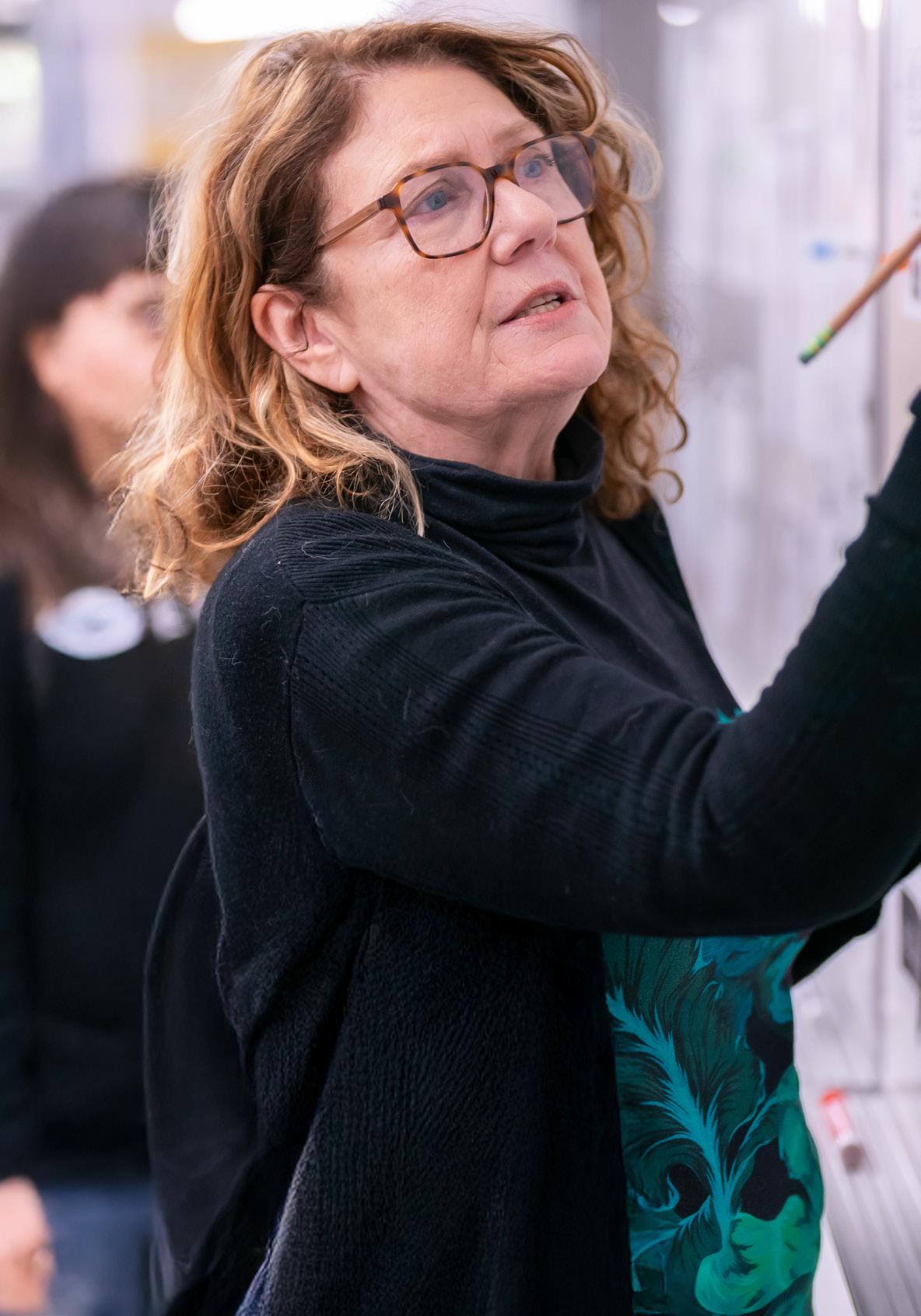
Pedestrian Killed in Downtown Santa Monica Car Crash Pedestrian Killed in Downtown Santa Monica Car Crash



Pedestrian Killed in Downtown Santa Monica Car Crash Pedestrian Killed in Downtown Santa Monica Car Crash

Detectives have identified three victims but believe others may exist
Detectives from the Los Angeles Police Department’s Operations West Bureau, Special Assault Section, are seeking additional victims and witnesses in a series of sexual assaults reported in Venice and Santa Monica, involving a suspect who allegedly drugged and assaulted men after meeting them at bars.
In January, a 24-year-old man reported that 42-year-old Jean Junior Dar, also known as Jean-Que or “Que,” drugged and sexually assaulted him. Two other men in their mid-20s reported similar incidents, stating they met Dar at a bar, where he invited them to an after-party at his residence near Marina del Rey. After consuming a drink provided by Dar, the victims became incapacitated and were assaulted without consent, according to police.
Dar was arrested on May 21 and charged with multiple felony counts, including penetration by a foreign object and oral copulation upon an intoxicated person. He
posted bond and is currently out of custody, police said. The Los Angeles County District Attorney’s Office is handling the case.
Detectives have identified three victims but believe others may exist. They released Dar’s photograph to aid identification and encourage information from the public. Anyone with details is urged to contact the Special Assault Section at (213) 4730447 or, during non-business hours, 1-877LAPD-24-7. Anonymous tips can be submitted via LA Regional Crime Stoppers at 1-800-222-TIPS or online at www. lacrimestoppers.org or www.lapdonline. org under “Anonymous Web Tips.”

Attorneys representing two members of the Downtown Santa Monica, Inc. (DTSM) Board of Directors are threatening legal action after the Santa Monica City Council voted to remove six of its appointees without cause, a move the lawyers say violates state law and the board’s governing bylaws.
In a letter sent this week to DTSM leadership, attorneys for board members Jon Farzam and Leo Pustilnikov argued that the council’s action to oust its appointees was “plainly illegal” and ignored protections adopted by the board during an emergency meeting on July 29. That meeting, convened under Government Code Section 54956.5, resulted in amendments to the organization’s bylaws restricting the city’s authority to remove directors without cause.
The revised bylaws, approved just hours before the council’s vote, defined “cause” to include gross misconduct, felony conviction, breach of fiduciary duty, repeated absences without justification, or actions that pose legal or reputational risks to the nonprofit. The amendments

also established notice and due process requirements for any removal proceedings.
Attorneys say the council disregarded those rules, offering no clear justification for its emergency action and creating what they called an “existential threat” to the board’s ability to function. They warned that swearing in interim replacements could undermine the board’s legitimacy and expose its actions to legal challenges.
“Our clients intend to pursue all legal remedies available, including filing for a temporary restraining order and preliminary injunction,” wrote Laura Strazzo of Patterson & O’Neill, who represents Farzam and Pustilnikov.
The letter further instructed DTSM to preserve all documents, electronic records, and communications related to the dispute, warning that destruction of evidence could
lead to additional legal consequences.
Farzam and Pustilnikov, both longtime figures in Santa Monica business and civic affairs, contend the council acted in bad faith. Their attorneys said they want the board to defer seating new appointees until the courts determine whether the city’s actions are lawful.
The City Council has not yet publicly responded to the allegations.























Plans for two residential projects in Downtown Santa Monica, including a 23-story tower, have surfaced as part of Hankey Capital’s growing real estate footprint in the city.
According to a new project website, the larger development would rise at 1518–1524 7th Street, replacing an existing 10unit rental complex. The proposal calls for a 23-story mixed-income building with 104 for-sale units and 20 deed-restricted affordable units to replace the existing apartments. The design also includes podium- and rooftop-level amenities and parking for roughly 220 vehicles across subterranean and podium garages.
A second, smaller project is planned nearby at 1238 7th Street, where Hankey
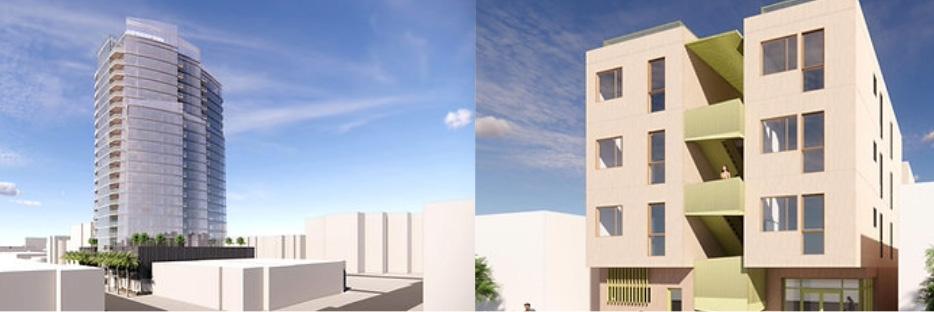
Capital has proposed a four-story, 23unit apartment building to serve entirely as affordable housing. Both projects are designed by Ottinger Architects.
The developments trace their origins to “builder’s remedy” applications filed in 2023, when Santa Monica’s housing element was out of compliance with state law. Although the city later reached a
settlement allowing projects to proceed through standard review processes, WS Communities — the original applicant for many of the proposals — lost control of its portfolio to lenders in 2024. Hankey Capital and Madison Realty Capital have since moved forward with new plans on several sites once tied to WS Communities, including the two 7th Street properties.
Santa Monica, long resistant to high-rise construction, is now seeing multiple highdensity proposals as developers respond to state mandates for additional housing. A virtual community meeting on the projects is scheduled for Thursday, September 11, 2025, from 6:00 to 7:30 p.m. Residents can join via Zoom or RSVP or ask questions via email.

Officials and community leaders gathered Thursday to break ground on a new Palisades-Malibu YMCA, months after January’s wildfires destroyed the original facility.
Victor Dominguez, president and CEO of the YMCA of Metropolitan Los Angeles, announced at the event the launch of a $25 million capital campaign to fund the project, which will restore the Via de la Paz campus and add a new facility at Simon Meadow.
The two campuses will be combined
under a new name, the Lowe Family YMCA, honoring the longtime support of the Lowe family. Bob Lowe, CEO of Los Angeles–based Lowe Enterprises and a YMCA board member, has pledged a significant donation toward the effort.
Los Angeles County Supervisor Lindsey Horvath, who represents Pacific Palisades and Malibu, committed $10 million in county funding to help kick off the campaign. YMCA officials said additional support for the Via de la Paz site will come from FEMA’s Public Assistance program, while the Simon Meadow expansion will rely entirely on private donations.
The rebuilt Via de la Paz facility will replace the center lost in the fires. At the same time, Simon Meadow will feature permanent indoor-outdoor spaces and expanded programming designed to serve more families.
• 20 open Acres
• 4100 sqft. Home
• 6 bedrooms, 2 kitchens, 4 baths, 2 living rooms, family room, 2 laundry rooms.
• Large 3 car garage, hot tub room, storage room
• 1 bedroom guest/caretaker apartment in outbuilding.
• Shared private access to Yellowstone River across street. Fly Fishermen’s Heaven!
• Deeded right to build another residence and 2 guest houses. Very private, long driveway. Lots of special features.
• Log sided, with log themed porches, large fenced in yard. Above ground pool w/large deck, children’s play yard.
• Semi-Private K-8 Arrowhead School 5 miles
• Duplex Layout with access between unit. Perfect for single family or two families with additional deeded building options, even a group of people or vacation rental income.
• Fantastic views.
• 20 min to Yellowstone park, 25 min to Livingston, 1 hour to Bozeman.
• Other out buildings and greenhouse.
• Comes with it’s own small bulldozer for winter plowing.
• Some corral fencing. Great property for horses.
• Sportsman’s Paradise. Skiing, Fishing, Rafting, Mountain Biking, Trails galore.
• Bridger Bowl and Big Sky nearby for Skiing
• National Forest Service and BLM lands right up the road for Hunting.
• Some furnishings available.


Louis Naidorf, the architect who designed Hollywood’s Capitol Records Building and the Santa Monica Civic and helped shape landmarks across California and beyond, has died at 96.
His death was confirmed on Wednesday by longtime friend Mike Harkins, as the Los Angeles Times reported. Naidorf, who served as a Save the Civic advisor, remained active in preservation and restoration efforts well into his later years, according to a press release from the organization.
Naidorf’s interest in architecture began in childhood as a remarkable young man. While others might be thinking of more pedestrian subjects, Naidorf was already on track to become an architect even before receiving his high school diploma.
After graduating from UC Berkeley, Naidorf joined Welton Becket and
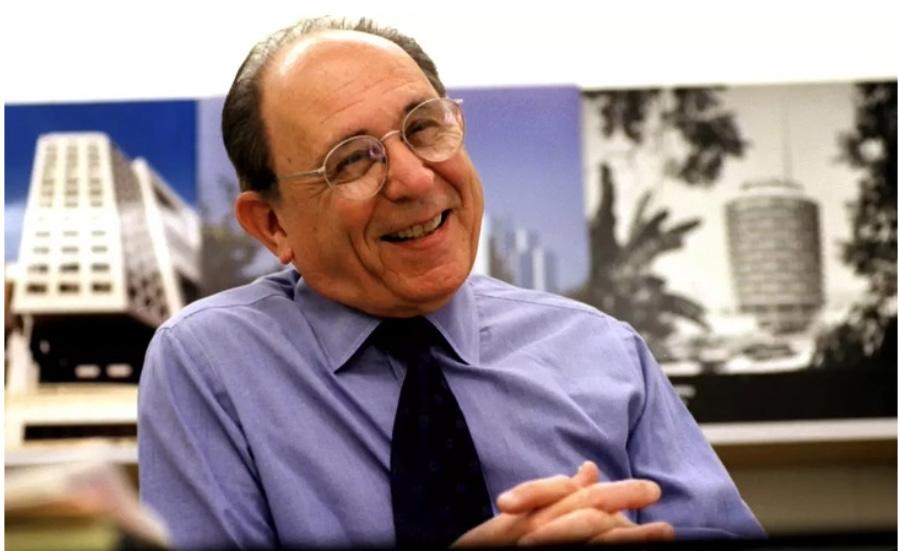
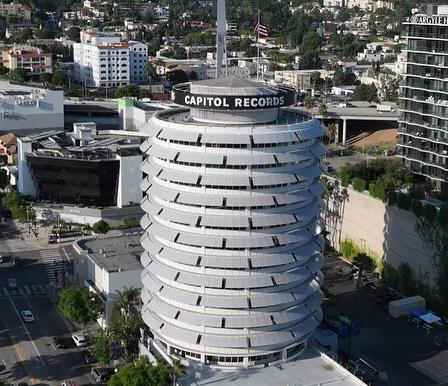
Associates, the architectural firm for which he would create his designs. He was given the assignment to create a super secret building in Hollywood, now known as the Capitol Records building. This iconic landmark is one of Los Angeles’ most celebrated structures, having been featured in numerous films, and is certainly one of

The Santa Monica Police Department says a man died Friday, August 15, after being hit by a vehicle in the heart of downtown Santa Monica.
The collision occurred at 3:02 p.m. at 4th Street and Colorado Avenue, according to
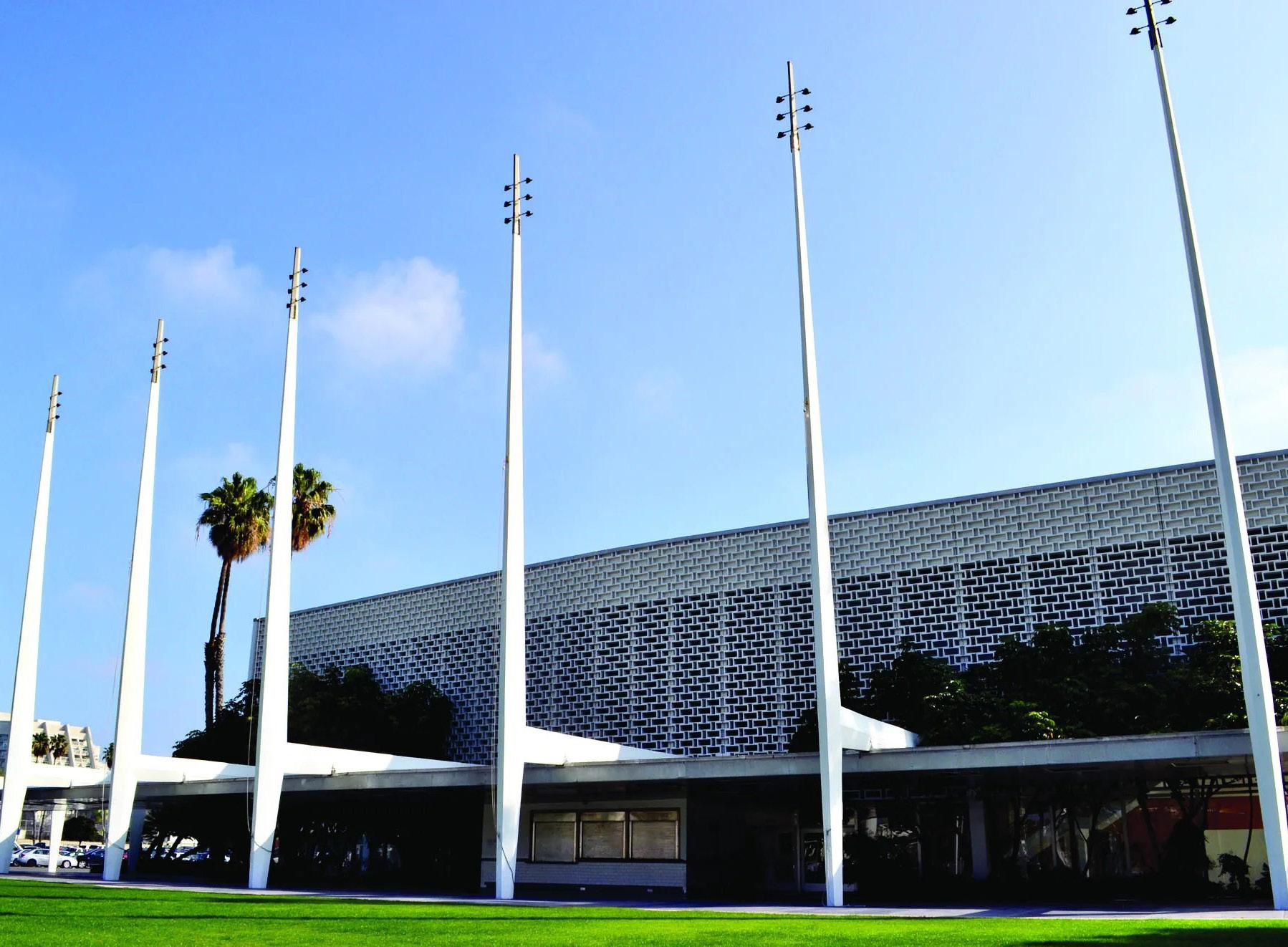
the most famous and instantly recognizable buildings in the world.
Even creating one such building would be a crowning achievement for most architects, but Naidorf’s other projects included the Beverly Center, the Beverly Hilton, the Santa Monica Civic, and the former sports stadium, the Los Angeles
Sports Area, as reported by the Los Angeles Times.
Naidorf officially retired at 87 but continued to hold the state’s oldest active architecture license, renewing it annually, as reported by the Los Angeles Times. He is survived by his daughter, four stepchildren, 11 grandchildren, and six great-grandchildren.

an SMPD press release. Officers arrived within minutes and found the pedestrian with critical injuries. He was transported to a local hospital, where he was later pronounced dead. His identity has not been confirmed.
The driver remained at the scene and cooperated with officers. Investigators said there was no immediate indication of drug impairment.
The case remains under investigation. Witnesses are asked to contact the SMPD Watch Commander at 310-458-8427 or Traffic Enforcement Sgt. Jason Olson at Jason.Olson@santamonica.gov.




The plan, developed by the city’s DEI team over the past year, acknowledges generational and institutional racism’s lasting impacts and commits to advancing racial equity
The Santa Monica City Council unanimously approved the city’s first Citywide Equity Plan on Tuesday, August 12, establishing a framework to address systemic disparities and ensure equitable access to opportunities, resources, and services for all residents, regardless of race, gender, ability, or background.
The plan, developed by the city’s Diversity, Equity, and Inclusion (DEI) team over the past year, acknowledges generational and institutional racism’s lasting impacts and commits to advancing racial equity so differences in life outcomes cannot be predicted by race, class, gender, disability, or other identities. It emphasizes identifying and rectifying policies perpetuating discrimination while fostering an inclusive environment where disenfranchised communities, particularly Communities of Color, can thrive in health, economic vitality, and connectedness.
Rooted in extensive community input, the DEI team—formed in 2022— conducted a seven-month engagement process starting with a September 2023 panel on strategic allyship. This included over 60 community-led listening sessions in diverse settings like homes, parks, and beaches, with stipends offered to broaden participation. Voices from African American, Latino (in English and Spanish), Ethiopian, Jewish, LGBTQ+, disabled, Muslim, senior, youth, and parent groups shaped the priorities, highlighting underrepresentation in leadership, cultural incompetence, economic barriers, housing affordability, and rising hate crimes.
Santa Monica’s demographics underscore the need: U.S. Census Bureau 2023 estimates show 66.9% White, 16.4% Hispanic or Latino, 9.8% Asian, 4.9% Black or African American, and 13.2% multiracial residents, with 23% foreignborn. The plan details historical harms to communities like the Tongva Indigenous peoples through colonization, Black

residents via redlining and displacement from the Belmar Triangle, Japanese Americans during WWII incarceration, and Latinos in the Pico neighborhood from urban renewal. It also addresses ongoing challenges for Jewish residents facing antisemitism, LGBTQ+ individuals lacking safe spaces, and seniors dealing with isolation.
The plan outlines five key strategies with specific goals and focus areas:
• Building a Deeper Understanding of Equity: Expand historical knowledge through preservation, art, and storytelling; implement reparations; honor underrepresented contributions.
• Transforming City Operations for Equity: Measure progress on demographic impacts; allocate resources to dismantle barriers; increase diverse representation on boards and commissions.
• Expanding Community Engagement and Access: Build relationships with marginalized groups; reimagine engagement; improve understanding of services and budget; support cultural celebrations.
• Opening Doors to Opportunity: Develop group-specific strategies; expand

affordable housing; integrate equity into major initiatives for underserved groups.
• Restorative Justice and Repairing Historical Harms: Confront past harms via truth-telling and restorative action; deepen trust through inclusive engagement.
Foundational commitments include reciting a Tongva land acknowledgment at council meetings, restructuring procurement for diverse contracts, translating agendas into Spanish, offering implicit bias training for commissioners, and partnering for equity dialogues and history tours.
The council also greenlit a community equity grant program, funded initially with $32,496 from the We Are Santa Monica Fund, to support initiatives like college expos for underrepresented students, where a recent event awarded $1.67 million in scholarships to 400 attendees.
Mayor Lana Negrete described the plan as essential, stating, “Santa Monica is a place for everyone, and this plan ensures we advance equity for all.” Despite budget challenges, most actions use existing resources, with the DEI team pursuing grants for reparations, immigrant support, and trans rights programs.

Immerse yourself in a sanctuary where nature’s tranquility meets the vibrancy of city life. Urban Jungle is more than a plant store it’s a communitycentered oasis bringing a lush slice of paradise to your urban lifestyle. Here, we passionately believe in the power of plants to transform spaces and elevate well-being.











The thing about Santa Monica is that it has always believed its own marketing. Tech capital of the west side. Innovation hub. The place where startups come to die beautiful, well-funded deaths while their founders drink $18 cold brew and complain about parking. But somewhere between the billion-dollar tech unicorns and the homeless encampments, the city’s political class developed a peculiar habit: they began to see many of the people who elected them as a bug, not a feature.
This was happening long before anyone had heard of ChatGPT. The Santa Monica city government had perfected a particular kind of performance art—democracy as dinner theater. Real votes often happened after 11 PM, long after working parents had gone home. Important stuff would get buried in 500-page reports written in the kind of bureaucratic English that makes Kafka look like Dr. Seuss. They would nod solemnly during public comment, then do exactly what they planned to do anyway. It worked, often, because information asymmetry is a politician’s best friend. The councilmembers had staff, lawyers, and consultants. The residents had jobs, kids, and mortgages. Guess who had time to decode municipal bond measures at midnight?
And now artificial intelligence has shown up to the party.
The first thing AI does is ruin everyone’s favorite game: complexity theater. Those 500-page planning documents? A decent AI language model, properly set up and supplied with staff reports and data, can now summarize them in about thirty seconds, cross-reference them with voting records, and flag the parts where the rhetoric doesn’t match the policy. The dense technical language that used to protect bad decisions–gone. AI doesn’t get confused by jargon. It doesn’t get tired at 11 PM. It doesn’t have to leave early to pick up kids from daycare.
Picture this: It’s Wednesday morning. Your phone buzzes. Not news, not gossip—just the scoreboard: “Santa Monica City Council voted 5–2 last night for the Luxury in the Sky highrise project on the Third Street Promenade.” And then the numbers pop up. What it means for your rent-controlled apartment, your water bill, your taxes. Who voted yes. How much the developer paid them. What they promised on affordable housing last year, and whether any of it actually happened.
That’s the feed. Instant accountability. Is it here yet? No (but give it a minute or two). The beautiful thing about AI is that it doesn’t care about your feelings. It just reports what it finds.
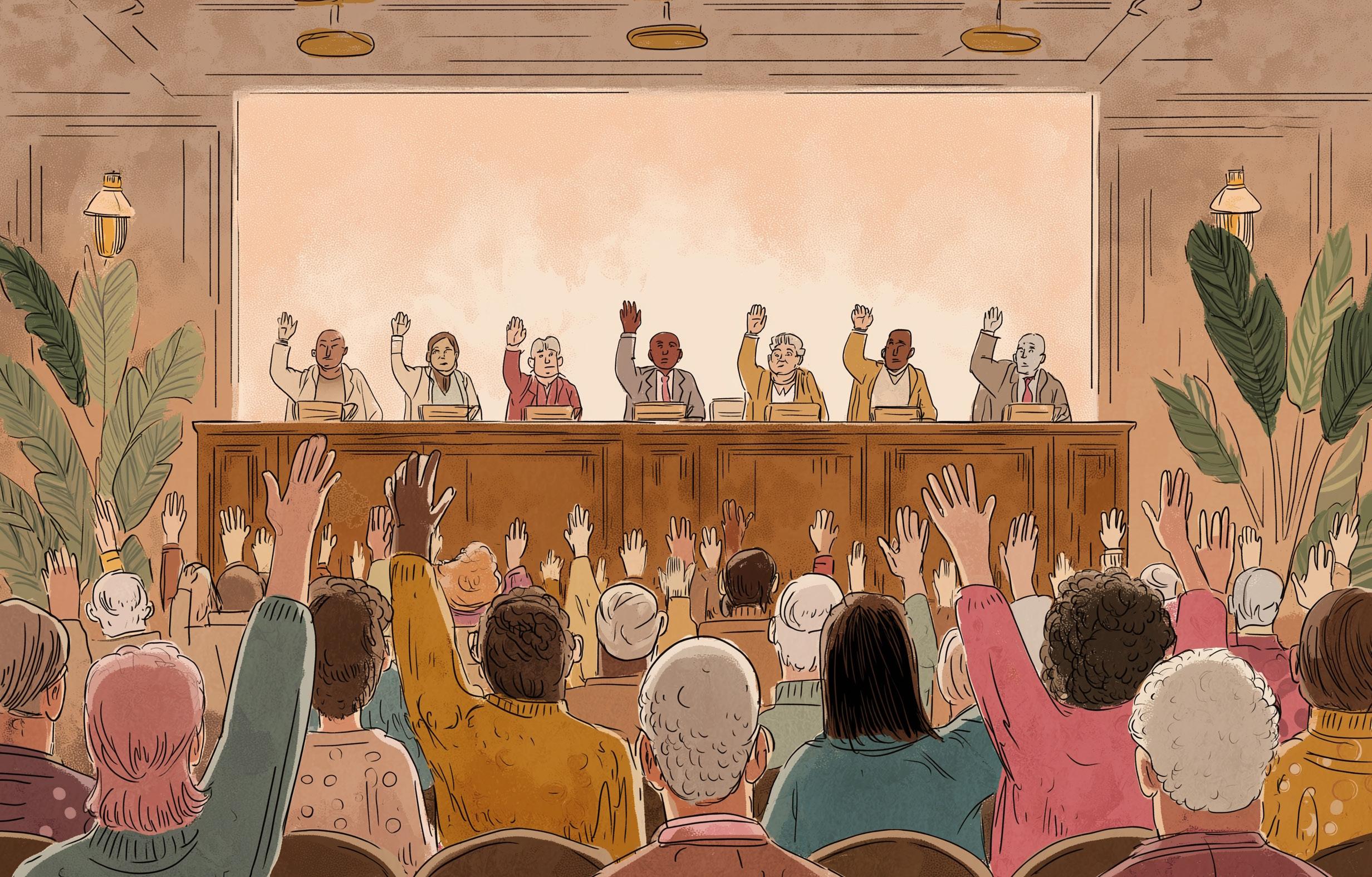
The real magic happens when you flip the script. For years, the Council’s superpower was knowing what residents thought while pretending they didn’t. They could safely ignore a few dozen angry emails because they knew that a few dozen angry emails represented many annoyed constituents who just didn’t have time to write. The silence was their permission slip.
AI kills the silence. Suddenly, platforms can (or will be able to) collect and analyze sentiment from thousands of residents in real time. They can slice the data by neighborhood, by age, by income. They can show exactly who supports what, and why. When 70% of District X opposes a zoning change, and the Council approves it anyway, the phrase “representing our constituents” starts to sound like performance art.
The predictive modeling is where things get really uncomfortable. Councilmembers love to make grand promises about what their projects will accomplish. This development will ease traffic. This ordinance will help the homeless. This zoning change will create affordable housing. It’s all very confident and completely untestable—until now, or a short time from now.
Soon, easily available AI will run the numbers. Feed it traffic patterns, costs, housing data, local economics, demographic trends, and it will tell you what’s actually likely to happen when you approve that large new hotel on Ocean Avenue. Not what the developer says will happen. Not what the Council claims will
happen. What may actually happen.
The uncomfortable truth is that many municipal decisions are terrible bets disguised as civic improvements. AI makes the disguise harder to maintain.
Of course, the same technology that can expose bad governance can also enable it. Predictive policing algorithms that happen to target certain neighborhoods. Engagement platforms that amplify supportive voices while burying criticism. AI-generated content flooding social media with synthetic enthusiasm for deeply unpopular policies. Santa Monica’s government—and plenty of others—may find these little tricks hard to resist. But trying to game policies in a city full of smartphones is like hiding cookies from a ten-year-old. You might get away with it for a minute. Then the jar’s empty, and everyone knows who did it.
This is the choice that members of Santa Monica’s government face, though they probably don’t realize it yet. They can use AI to become the transparent, responsive government they’ve always claimed to be. Help residents understand complex issues. Model policy outcomes honestly. Share power instead of hoarding it (fix the city’s Open Data Portal, to take but one example).
Other cities around the world are already experimenting with this idea, successfully: Helsinki, Finland: https://ai.hel.fi/en/airegister/
Seoul, South Korea: https://tinyurl.com/ knyh5ev5 Barcelona, Spain: https://tinyurl. com/47446z2x
Taiwan: https://tinyurl.com/mwcdha3j Amsterdam: https://tinyurl.com/ mwem3mp9
Or they can keep playing the old game, and discover that artificial intelligence has a way of turning small fibs into big problems, bad decisions into civic disasters, and ignored constituents into organized opposition.
The algorithm doesn’t care about your reelection. It doesn’t care if you’re chummy with Sacramento lobbyists. It cares about patterns, predictions, and what the data actually says. In Santa Monica, where people treat every bench, tree, and parking spot like a constitutional crisis, that might be a big problem for City Hall. Or it might be exactly what democracy has been waiting for.
Daniel Jansenson, Architect For SMa.r.t.
Santa Monica Architects for a Responsible Tomorrow
Robert H. Taylor, Architect AIA; Thane Roberts, Architect; Mario FondaBonardi, Architect AIA (former Planning Commissioner); Sam Tolkin, Architect (former Planning Commissioner); Michael Jolly AIRCRE; Jack Hillbrand, Architect AIA, Landmarks Commission Architect; Daniel Jansenson, Architect (former Building & Fire-Life Safety Commissioner); Phil Brock, Santa Monica Mayor (ret); Matt Hoefler, Architect NCARB


